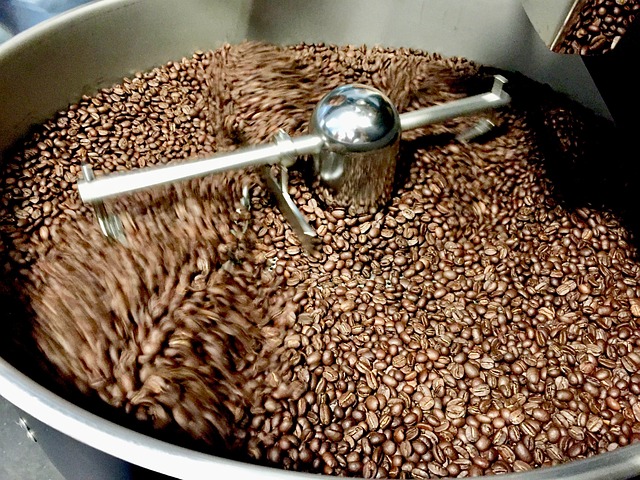
Roasting Levels Explained: Light, Medium, and Dark Roast Coffee ☕🔥
The roast level of your coffee has a powerful effect on its flavor, aroma, acidity, and body. Whether you prefer a bright and citrusy cup or a rich, smoky brew, the key lies in how long and how intensely the beans are roasted. Let’s explore the three main roast levels and what makes each unique.
Light Roast 🌞
Light roasts are roasted for the shortest amount of time and typically reach an internal bean temperature of about 195–205°C (385–401°F), ending just after the "first crack"—a stage where the beans audibly pop due to internal steam pressure.
Flavor: Bright, tangy, and complex. You’ll often taste fruity or floral notes, especially with beans from Africa or Central America.
Acidity: High. Light roasts maintain much of the original acidity from the coffee cherry.
Body: Light to medium, with a clean finish.
Caffeine Content: Slightly higher than darker roasts by weight, due to less moisture loss during roasting.
Best For: Pour-over, AeroPress, and manual brew methods where subtle flavor is appreciated.
Medium Roast 🌤️
Medium roasts are roasted slightly longer, usually to an internal temperature of 210–220°C (410–428°F), often finishing between the first and second crack. This roast is considered a balance between origin character and roast influence.
Flavor: More balanced and rounded than light roasts. You’ll find chocolate, caramel, and nutty notes here, along with some brightness.
Acidity: Moderate. The acidity is toned down but still present.
Body: Medium. Fuller than light roast but not as heavy as dark.
Caffeine Content: Slightly lower than light by volume, but negligible in practice.
Best For: Drip coffee, French press, and espresso for those who prefer a smoother, sweeter profile.
Dark Roast 🌚
Dark roasts are taken to the end of the second crack or even beyond, reaching temperatures around 225–240°C (437–464°F). At this point, the roast dominates the origin flavor, producing oils on the surface of the beans.
Flavor: Bold, smoky, bittersweet, and often chocolatey. Origin flavors are mostly replaced by roast-derived notes.
Acidity: Low to none. Dark roasts are smooth and less bright.
Body: Full and rich, with a heavier mouthfeel.
Caffeine Content: Slightly lower than lighter roasts by weight, but again, not a significant difference in practical terms.
Best For: Espresso, moka pot, and dark brew lovers who enjoy deep, intense flavors.
Which Roast Is Best for You? 🎯
Your ideal roast depends on your taste preferences and brewing method. If you enjoy vivid, fruity flavors, go for light roasts. If you like a smooth and balanced cup, medium is your friend. If bold and intense is your style, dark roast delivers.
Final Thought ☕
Roast level transforms the same green coffee bean into drastically different tasting experiences. Understanding the roast spectrum helps you select beans that align with your flavor preferences—and ensures every cup is exactly how you like it.
